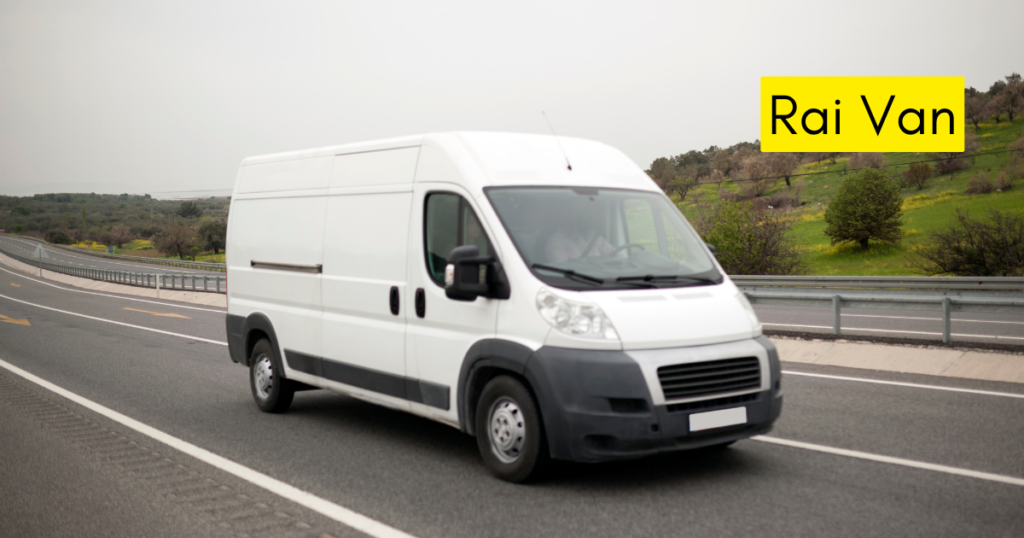Transportation is evolving rapidly, and the introduction of innovative solutions is reshaping how we move from one place to another. Among these groundbreaking developments is the Rai Van, a concept that is set to revolutionize contemporary transportation in 2024. This article delves into what Rai Van is, its significance, and its potential impact on the future of mobility.
Introduction
As cities become more congested and environmental concerns rise, the need for sustainable and efficient transportation solutions has never been greater. The Rai Van represents a significant leap forward, combining cutting-edge technology with eco-friendly practices to offer a new paradigm in urban and suburban mobility.
What is Rai Van?
Rai Van is an advanced transportation system that integrates autonomous driving, electric power, and smart connectivity to create a seamless and efficient travel experience. Designed to address the challenges of modern transportation, Rai Van aims to reduce traffic congestion, lower emissions, and provide a safer, more reliable mode of transport.
The Evolution of Transportation
Transportation has seen numerous transformations over the decades, from the advent of automobiles to the development of high-speed trains and electric vehicles. Each innovation has brought improvements in speed, convenience, and environmental impact. Rai Van is the latest in this line of advancements, promising to take transportation to the next level.
Key Features of Rai Van
Autonomous Driving
One of the standout features of Rai Van is its autonomous driving capability. Using advanced sensors, machine learning algorithms, and real-time data analysis, Rai Van can navigate complex urban environments without human intervention. This not only enhances safety but also optimizes traffic flow and reduces the likelihood of accidents caused by human error.
Electric Power
Rai Van is powered entirely by electricity, making it a zero-emission vehicle. This aligns with global efforts to combat climate change and reduce dependence on fossil fuels. The use of electric power also means quieter operation, contributing to lower noise pollution in urban areas.
Smart Connectivity
Equipped with the latest in smart technology, Rai Van offers a connected experience for passengers. From real-time traffic updates to personalized route planning and in-vehicle entertainment, the smart connectivity features of Rai Van ensure a comfortable and efficient journey.
Benefits of Rai Van
Environmental Impact
Rai Van’s electric powertrain significantly reduces greenhouse gas emissions, helping to mitigate the effects of climate change. Additionally, its autonomous driving technology promotes smoother driving patterns, which can further reduce energy consumption and emissions.
Cost Efficiency
While the initial investment in Rai Van technology may be high, the long-term cost savings are substantial. Electric vehicles generally have lower operating costs compared to traditional gasoline-powered cars, thanks to cheaper fuel and reduced maintenance requirements. Autonomous driving can also lead to fewer accidents, reducing repair and insurance costs.
Safety Enhancements
Autonomous driving technology in Rai Van is designed to enhance safety on the roads. With the ability to make split-second decisions based on real-time data, Rai Van can avoid collisions and respond to hazards more effectively than human drivers. This can lead to a significant reduction in traffic accidents and fatalities.
Challenges and Considerations
Regulatory Hurdles
The deployment of Rai Van faces several regulatory challenges. Governments and transportation authorities must establish frameworks to govern the use of autonomous vehicles, including safety standards, data privacy concerns, and liability issues in case of accidents.
Technological Barriers
While the technology behind Rai Van is impressive, it is not without its limitations. Ensuring reliable performance in all weather conditions, overcoming technical glitches, and maintaining robust cybersecurity are critical challenges that need to be addressed.
Rai Van vs. Traditional Transportation
Comparing Rai Van to traditional modes of transportation highlights its numerous advantages. Unlike conventional vehicles, Rai Van offers autonomous operation, reducing the need for human drivers. Its electric powertrain is more environmentally friendly, and its smart connectivity provides a more integrated travel experience. However, the transition to Rai Van requires significant infrastructure changes and societal adaptation.
The Future of Rai Van in 2024 and Beyond
Looking ahead, Rai Van is poised to become a cornerstone of contemporary transportation. With ongoing advancements in technology and growing support from governments and industry stakeholders, the widespread adoption of Rai Van seems inevitable. As cities continue to expand and the demand for sustainable transportation solutions increases, Rai Van will play a crucial role in shaping the future of mobility.
Conclusion
Rai Van represents a transformative step in the evolution of transportation. Its combination of autonomous driving, electric power, and smart connectivity positions it as a leading solution for the challenges of contemporary urban mobility. As we move into 2024 and beyond, Rai Van is set to redefine how we think about and experience transportation, offering a safer, more efficient, and environmentally friendly alternative to traditional modes of travel.

